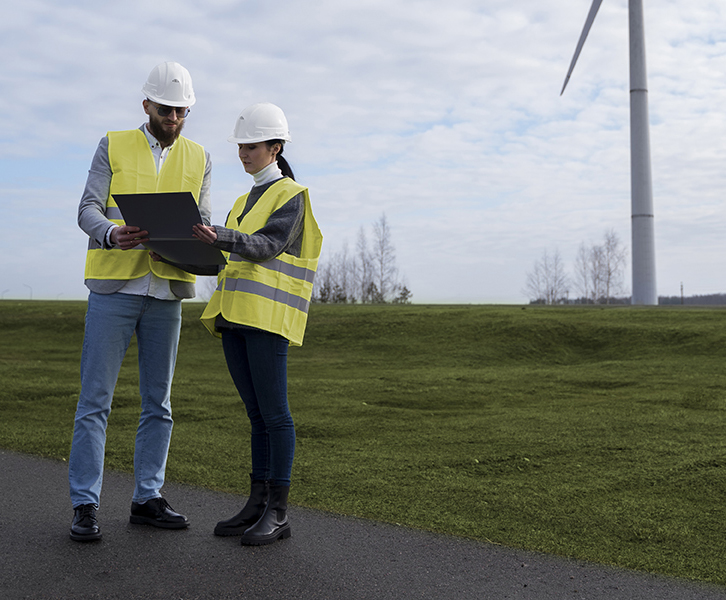Sample Construction Video
Residential construction may be undertaken by individual land-owners (self-build), by specialist house-builders, by property developers, by general contractors, or by providers of public or social housing (e.g.: local authorities, housing associations). Where local zoning or planning policies allow, mixed-use developments may comprise both residential and non-residential construction (e.g.: retail, leisure, offices, public buildings, etc.).
Depending upon the type of building, non-residential building construction can be procured by a wide range of private and public organisations, including local authorities, educational and religious bodies, transport undertakings, retailers, hoteliers, property developers, financial institutions and other private companies. Most construction in these sectors is undertaken by general contractors.
Civil engineering covers the design, construction, and maintenance of the physical and naturally built environment, including public works such as roads, bridges, canals, dams, tunnels, airports, water and sewerage systems, pipelines, and railways. Some general contractors have expertise in civil engineering; civil engineering contractors are firms dedicated to work in this sector, and may specialise in particular types of infrastructure.
Design-build became more common from the late 20th century, and involves the client contracting a single entity to provide design and construction. In some cases, the design-build package can also include finding the site, arranging funding and applying for all necessary statutory consents. Typically, the client invites several D&B contractors to submit proposals to meet the project brief and then selects a preferred supplier. Often this will be a consortium involving a design firm and a contractor (sometimes more than one of each). In the United States, departments of transportation usually use design-build contracts as a way of progressing projects where states lack the skills or resources, particularly for very large projects

Sustainability is an aspect of “green building”, defined by the United States Environmental Protection Agency (EPA) as “the practice of creating structures and using processes that are environmentally responsible and resource-efficient throughout a building’s life-cycle from siting to design, construction, operation, maintenance, renovation and deconstruction.

We always prefer to use recycled but trustable materials as much as possible to we can have a share on the saving earth mission. When recycle product is not available we use green products that are environmental friendly so we have a smaller dent on our planet ecosystem
